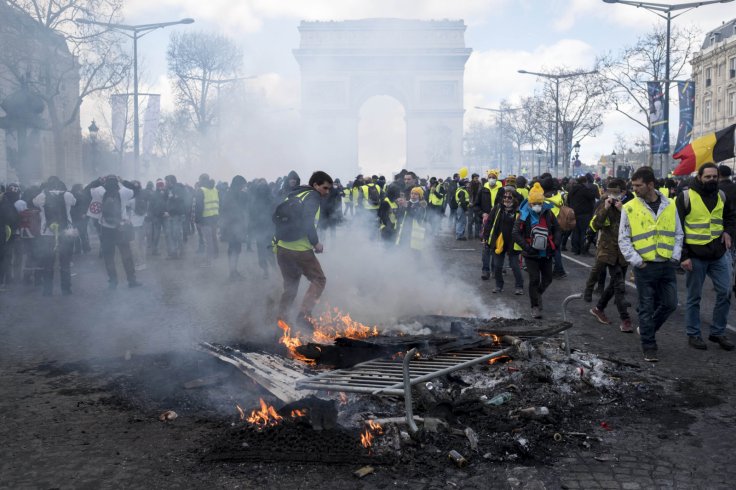The novel coronavirus outbreak appears to have temporarily interrupted the surge of protests from 2019, says a new report released earlier this month by Centre for Strategic and International Studies (CSIS), a global think tank, with an intent to 'catalyze a much-needed recognition of the global mega-trend of mass protests'.
It also found that the average increase in the number of anti-government protests across the world was about 11.5% annually between 2009 and 2019, and "notably, advanced economies have not been immune to this wave of upheaval," said the report.
Arab Spring - not an isolated phenomenon
The Arab Spring and Occupy Wall Street movements, which started in 2010 and mainly caused by high rates of unemployment, privatization policy, corruption, price rise and the mounting anger against authoritarian governments, has not stopped as these are the manifestations of increasing global trend of mass protests post-2008 recession, says the report. The same is witnessed today.
Exporting the Suppression of Dissent
Governments have been unprepared for the political unrest that is being witnessed and are keen on brutally suppressing the dissent within their countries, says the report that such countries are "exporting their 'best practices' in suppression to states around the globe" like the mass surveillance systems, facial recognition and internet and telecommunication blackout.
The growing disconnect between the citizens' expectation and the abilities of the governments could be challenge of a generation, says the report. While some heads of the governments resigned or offered to do so in Lebanon, Iraq, Bolivia, Algeria, Sudan, and Malta, but others have deployed military and police forces to contain the protests as is the case in Hong Kong, Chile and Iran.
2019 saw 31 percent more protests than a decade ago
In the last few months, more than 37 countries have witnessed huge anti government movements and in the year 2019 alone, 114 countries witnessed such movements, making it 31% more in number of protests than a decade ago.
Leaderless Protests: Worrisome

Though these protests do not achieve a major change, they show the sharpening contradiction between the governments and citizens. The report further adds that the common link that the era of mass protests have witnessed is their "leaderless nature" showing that the masses are losing faith over the erstwhile "leaders, elites, and institutions." They are being perceived widely in disgust and frustration.
Coronavirus
The increasing number of protests across the world have been 'muted' by the outbreak of novel coronavirus and has impacted active movements in various 'protest hotspots', says the report. The virus is likely to suppress more protests in the future. However the report adds, "depending on the future course of this likely pandemic, government responses to the coronavirus may themselves become another trigger of mass political protest."
India now has more than 25 cases of COVID-19, that is after the CSIS report was released when it said movements from Canada to India would continue as there were no virus contractions. The protests in India against its citizenship law might also be hit.
The CSIS report prescribes that governments should understand the underlying grievances behind the protests and take steps to attain political stability.
| Region | Increased % of protests in 2019 compared to 2009 |
| Europe | 216.4 |
| Asia | 158.0* |
| Middle east and North Africa | 290.5 |
| North America | 379.7 |
| Central America and the Caribbean | 330.8 |
| South America | 466.7 |
| Sub-saharan Africa | 746.2 |
| Oceania | 62.5 |
*Poulation-dense sample size and repression in China possibly skewing the overall figures making Asia's number low.
Source: CSIS Report








